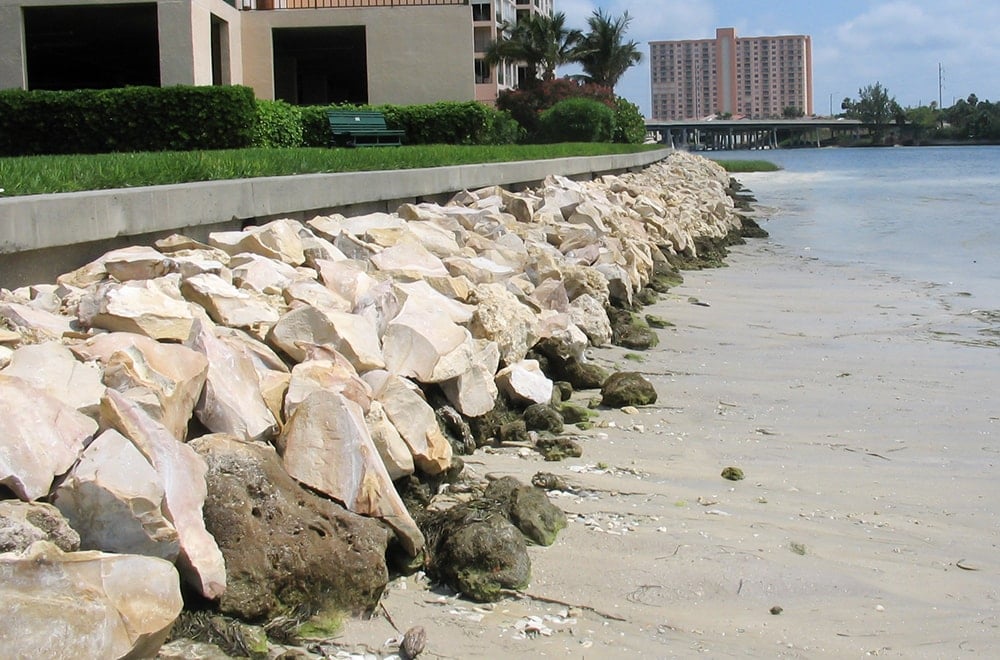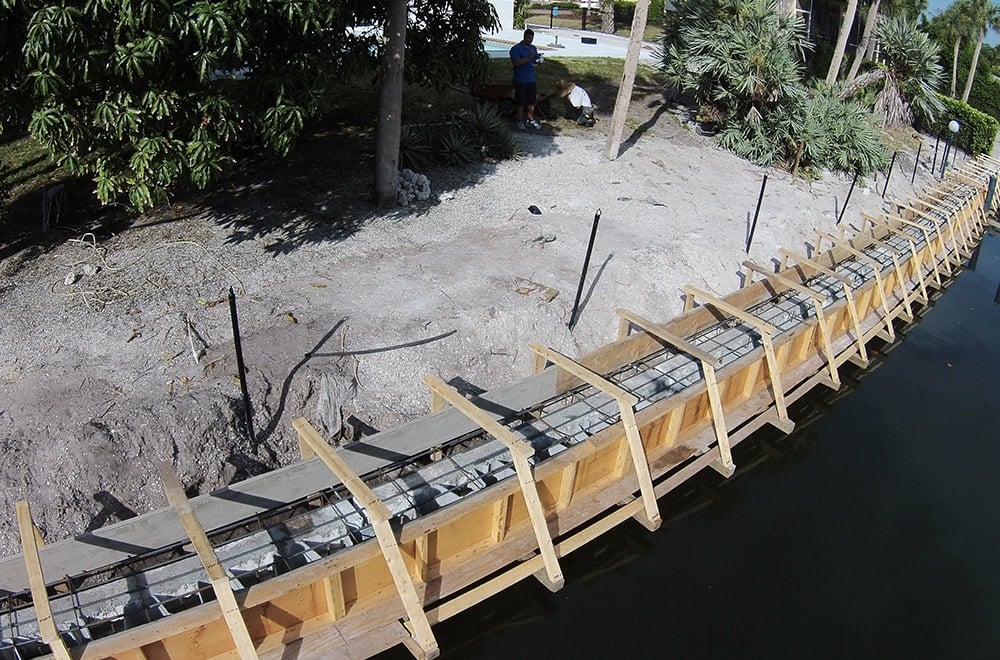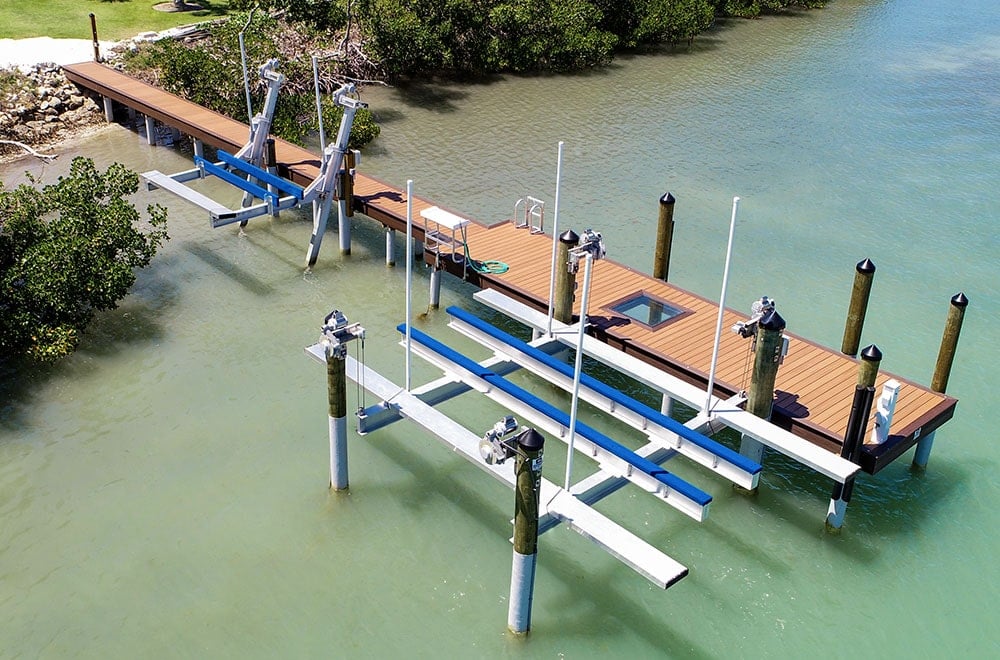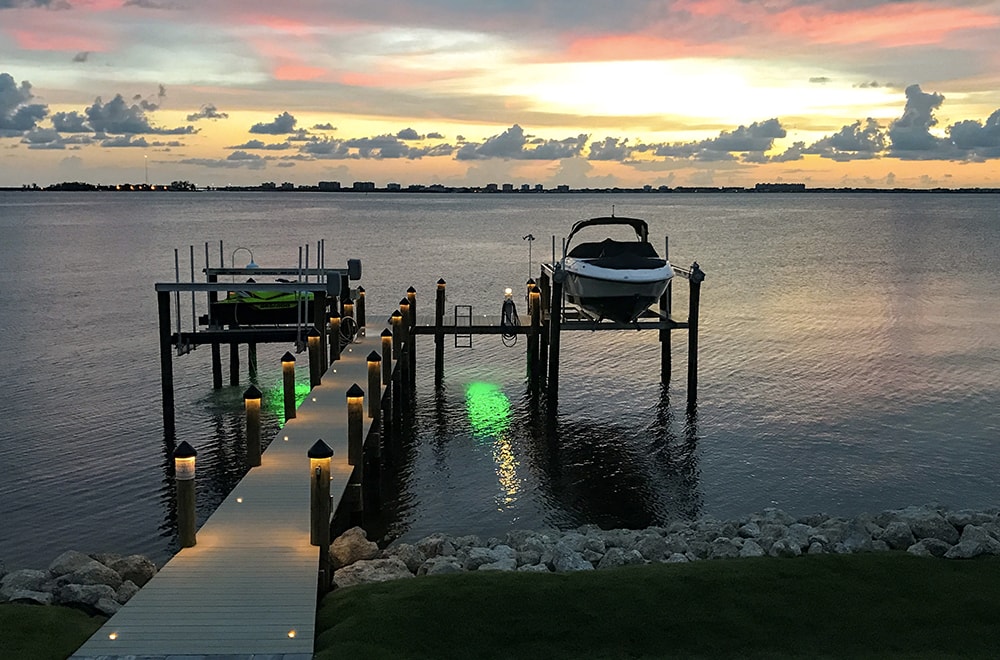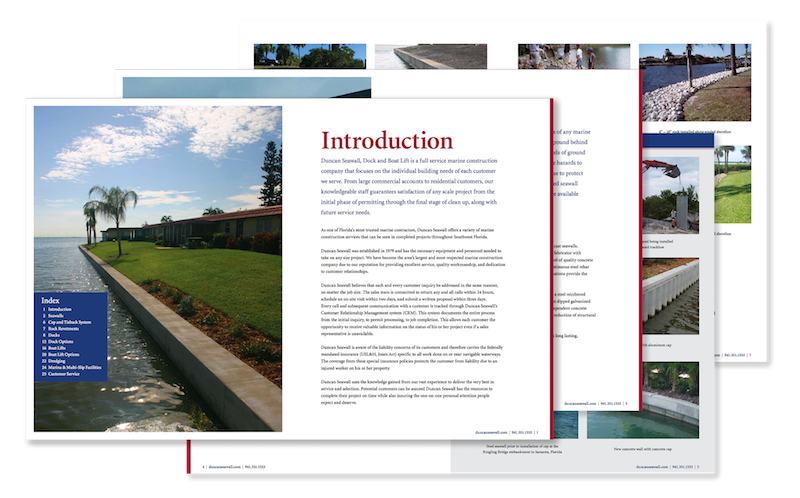Rock revetment construction is one of the most popular ways to protect your property from storm surges and erosion. It is an ideal alternative to seawalls and can also be used as additional support for an aging seawall. When it comes to design and installation, Duncan Seawalls is your go-to solution. We have been installing rock revetments for more than three decades, guaranteeing you professional and excellent results on your project.
In this blog, we’ll explore what rock revetments are, the benefits, and go over a few common questions.
What Is A Rock Revetment?
A rock revetment is a sturdy structure made of boulders or rocks, aligned nicely and sloping along the shoreline. The revetment helps absorb the waves' energy and prevents them from corroding the shoreline. It is designed to be porous, allowing water to flow through it and minimizing the amount of wave energy that's reflected into the ocean.
Benefits of Rock Revetment
When it comes to shoreline protection, rock revetments are a perfect example of that. Here's why:
- Rock revetments absorb wave energy
- They can be cost-effective compared to other techniques
- Are effective for generations
- Offer protection from erosion
- Reduce physical damage to infrastructures and properties
Rock Revetment Cost and Maintenance
Rock revetments are a more economical option compared to seawalls, and their cost mainly depends on the materials and dimensions used. Like any other structure, rock revetments need regular maintenance to continue protecting the shoreline, which may add to the installation costs. Regular maintenance can help prevent expensive repairs to the revetment. Adding rocks every five to ten years is necessary to keep the revetment in optimal condition.
Rock Revetment FAQs
What Size Rock Do I Need?
If you're dealing with canals, a 6- to 12-inch-diameter rock is typically sufficient due to calmer tides, but if it's on an open bay or gulf, a 2- to 3-foot-diameter rock is recommended since the tide is a bit rougher. The size of the rock used is dependent on factors of waves such as direction, height, cross-sectional design, and slope.
How Much Rock Will I Require?
The amount of rock you require depends on the lineal size of your shoreline and the height of your bank.
Will I Need A Permit?
Yes. The permit requirements vary based on the municipality that the property falls under. Hiring an organization that is conversant with the permit requirements in Florida is crucial.
Averagely, How Long Is Installation?
Under favorable conditions, rock revetment projects can be completed in as little as three days.
What Are The Different Kinds Of Rock You Provide?
In Florida, limestone is the most common rock used for revetments, but other rocks are available depending on the size of your investment.
Rock revetment is an affordable choice for safeguarding the shoreline. Besides keeping soil erosion in check, they also have the added benefits of protecting your property, being environmentally friendly, and not breaking the bank. Duncan Seawalls is your go-to company for rock revetment design, fitting, maintenance, and repairs in Florida. We pay great attention to detail and ensure that every revetment is tailored according to the specific needs of your property. Get in touch with us today.



